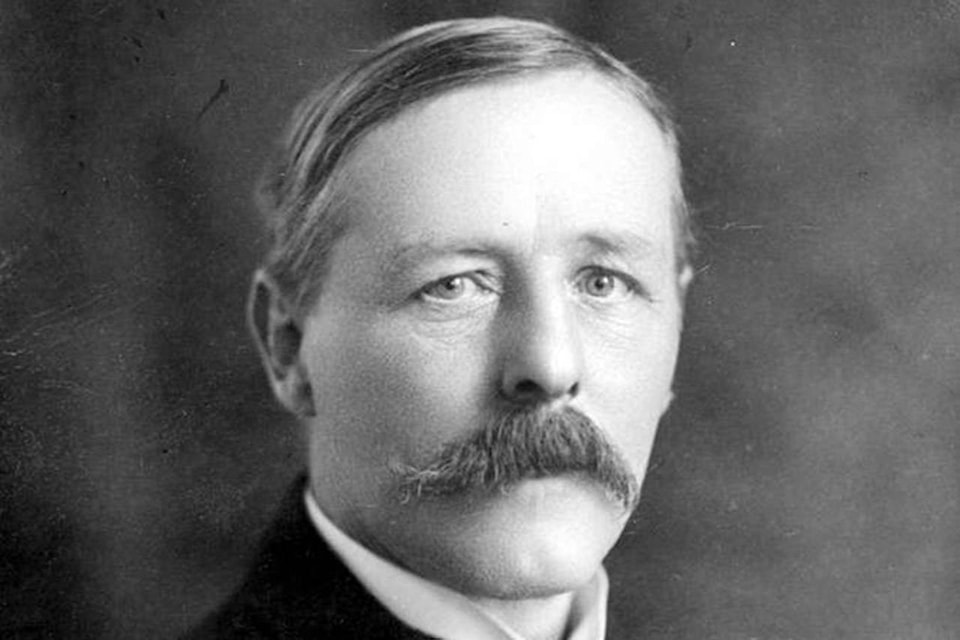There’s a complex relationship between the collection and preservation of historical items, and one Victorian family paved the way.
The Newcombes contributed the core collection of the Royal BC Museum’s First Nations, botany, marine biology, paleontology, archival, and Emily Carr materials after two family members spent their lives gathering them.
ALSO READ: Indigenous arts showcase ‘Reclaimed Culture and Life’ opens at Royal BC Museum
On Thursday night the Victoria Historical Society will discuss the collection, led by Kevin Neary, applied anthropologist and owner of Traditions Consulting Services. He explained the collection all began with Dr. Charles F. Newcombe, who moved from England.
“He had a passion for natural history and exploration, he and numbers of his family in the 1880s and 1890s would go on local expeditions collection natural history specimens,” Neary said. “Eventually he ventured further and up to the Haida Gwaii and the north end of Vancouver Island.”
These travels sparked Newcombe’s interest in cultural objects from Indigenous communities.
“He negotiated with them and purchased the items,” Neary said, adding that Indigenous peoples were facing insurmountable pressures at the time. “Missionaries were putting extreme social and economic pressures on Indigenous communities to give up with they considered heathen and savage… their ceremonial clothes and masks, people couldn’t use them.”
Newcombe organized the purchase and shipment of large items like totem poles, as well as smaller ceremonial items to be sent to the Victoria Museum and around the world.
ALSO READ: Royal BC Museum launches new totem project
“I think many people felt it was like putting the material in a bank so it would be kept safe for them, with hopes that at some point in the future have them repatriated,” Neary said.
Newcombe also participated in a darker side of the time by collecting human remains from grave sites.
“It’s very hard and very hurtful to understand now, but at the time scientists were very interested in studying race,” Neary explained.
Luckily, Newcombe also took meticulous notes and photos, which has helped launch a recent repatriation process between the Royal BC Museum and local First Nations.
“Some people hate Newcombe, others are very thankful that he did collect items because he protected things,” Neary said.
Following in his father’s footsteps, William Newcombe also did a lot of collecting. He also fostered a good friendship with Emily Carr, and often took her paintings in lieu of payment when he helped her around the house.
When Carr passed away, Newcombe was one of the three executors of the estate, and he purchased many of her paintings.
“He had a very significant collection of Emily Carr materials, about 120 pieces of art work are now in the provincial archive,” Neary said.
At a rough calculation, Neary said the family probably helped contributed about 20 per cent of the anthropological collection, and over 4,000 pieces.
A full discussion titled “Collecting the Newcombes, Father and Son” will happen Thursday night at the James Bay New Horizons at 234 Menzies St. Doors open at 7:15 p.m. Cover is $5, or free for members of the Victoria Historical Society.
For more information you can visit victoriahistoricalsoceity.bc.ca
Send a Tweet: @NicoleCrescenzi
Like us on Facebook
